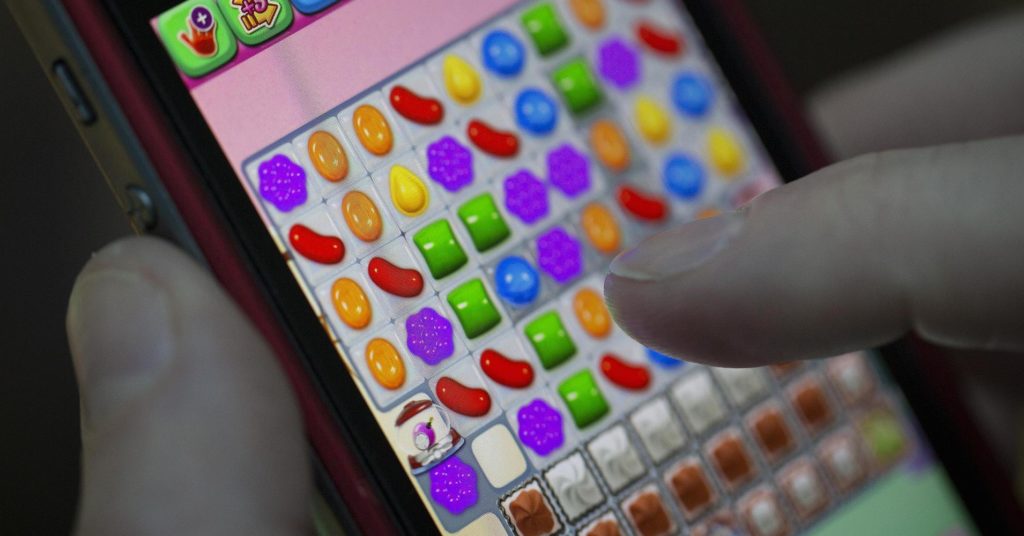For being a free game, some titles like Clash Royale rake in a whole lot of money—upwards of $2 million dollars per day. You would think that with a “freemium” player base, there would be two types of personalities: those who pay and those who don’t. Optimove, a company that specializes in customer retention, tracked 235 social gamers over 18 months and identified not two, but six types of players based on behavior and tendency to buy.
Pay Or Just Play?
Optimove describes the first type of player as the “new, non-spender.” This user has registered in the past 14 days but hasn’t made a payment yet. While first-day payments are limited to about 24 percent of players, a full 44 percent of players won’t make their first payment for more than a week after registration. Nearly a quarter (24 percent) will wait for four weeks or longer, which is a critical period for publishers. A separate study by Nielsen revealed that mobile gamers are generally content with a new game for about three to five weeks before they start to crave new content.
When marketing for the new non-spender type, Optimove urges patience. “The strategy should be brand awareness and building, content marketing based on gameplay behavior, and only then a push for first payment,” noted Moshe Demri, Optimove’s director of strategic services in a statement accompanying the data.
The second type of player is called a “new spender.” This user has just made his/her first purchase within 14 days of registration. The more payments a user makes, the more likely it is that they will continue to buy. While this is potentially exciting, publishers cannot assume a user will make a second purchase. In fact, Optimove estimates a less than one percent (0.8) chance of making a second payment. If they do keep buying, however, it will happen sooner rather than later. Data shows that 39 percent of players who make a second payment will do so within one day, and 64 percent will do so within one week.
Hey, Big Spender
“Active spenders” are the third type of player identified. Often called “whales,” free game publishers go all “Ahab” over the prospect of catching these elusive creatures. Active spenders have made at least two payments on two different days within the previous two weeks and typically bring in the most consistent income for a freemium business model. Looking at mobile game revenue for the world’s top titles, it’s tempting to believe that most of the players are breaking out the wallet for add-ons on a daily basis, but Optimove found quite the contrary. In fact, only 10 percent of players bring in 75 percent of a social game’s revenue, and just one percent—the biggest whales—bring in 30 percent. Much like how a casino comps its big spenders, Optimove urges publishers to make sure their active spenders know they’re VIPs through exclusive rewards.
Was It Something We Said?
The fourth type of players identified by Optimove’s study are called “active non-spenders.” The good news is, they like your game and have been active recently. The troubling news is is that they haven’t made a payment in more than 21 days. “This is a problematic group for the publisher, that must be addressed,” notes Demri in the report. “Either the players in this segment will churn (become inactive) very soon or it signifies a problem in the game’s economy.” Demri goes on to suggest stronger offers with bonuses for higher payments.
“Churn spenders” are the fifth type identified in the report. These once-active players have spent money but became inactive during the past 21 days. If said player has been active for at least 90 days before churning, their brand awareness and gameplay experience make them more likely to return than someone who has played for less time and stopped. On the other hand, Optimove suggests a cross-sell to other titles to keep churn spenders entertained in other areas where they might begin spending again.
The sixth and final gamer type is the “reactivated spender.” This is the prodigal user who has returned to the game after a long absence to play and/or make a purchase again. Data shows that most of these players will churn again within two weeks of their reactivation and therefore need more attention. If this new activity includes a purchase, the reactivated spender is more likely to become invested in the title again and stay a while longer.
Why Players Spend
According to a recent study by NPD, 77 percent of buyers said that microtransactions allow them to extend their enjoyment of a particular game. While being able to earn virtual currency to buy items is preferred, 78 percent are willing to spend some amount of real money to purchase in-game items or power-ups. Meanwhile, 48 percent of those who do not purchase microtransactions felt the content was not worth the extra expense.
